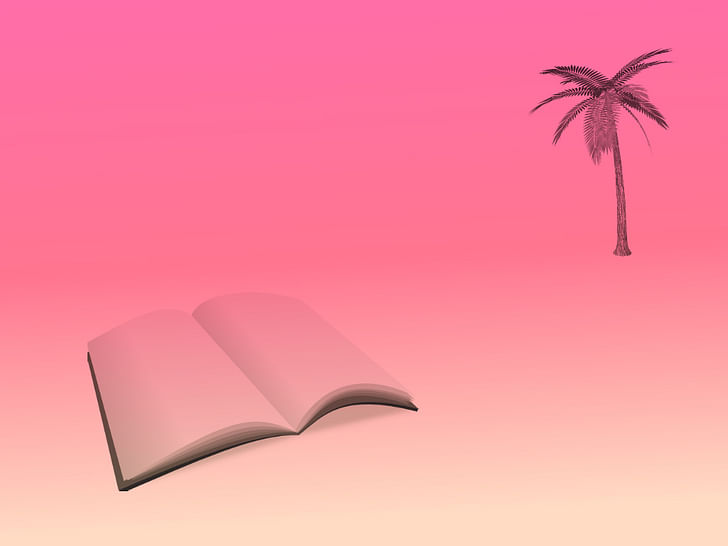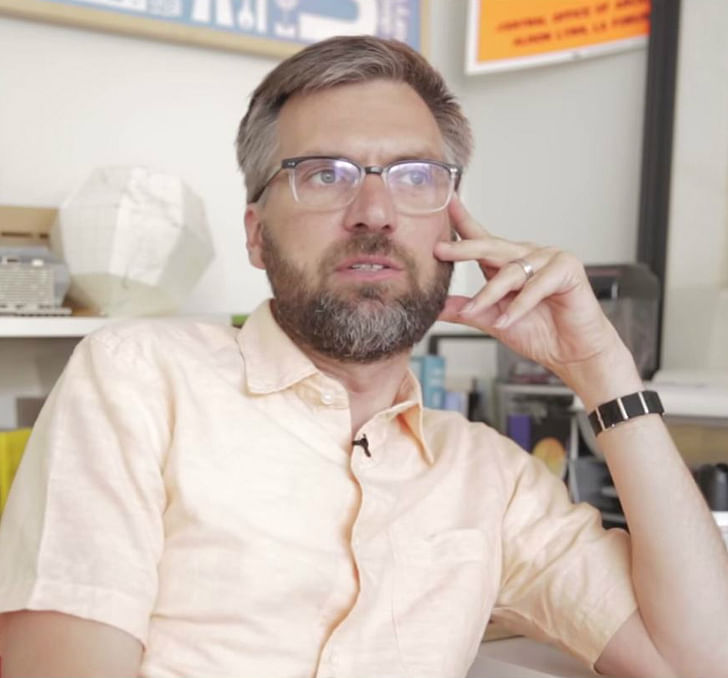

From vivid historical analysis to theoretically-driven essays on Rem Koolhaas to the mesmerizing stream of consciousness of Karl Ove Knausgaard, Aaron Betsky, Jimenez Lai, Alan Loomis and Scott Merrill spoke to Archinect about what they're reading (and listening to).
Here's a quick glimpse of the tenor and scope of their picks, just in time for summer.

Aaron Betsky — Dean at the Frank Lloyd Wright School of Architecture
My Struggle series by Karl Ove Knausgaard — An epic chronicle of an ordinary life, rendered in six engaging volumes.
Excerpt: “For the heart, life is simple: it beats for as long as it can. Then it stops. Sooner or later, one day, this pounding action will cease of its own accord, and the blood will begin to run toward the body’s lowest point, where it will collect in a small pool, visible from outside as a dark, soft patch on ever whitening skin, as the temperature sinks, the limbs stiffen and the intestines drain. These changes in the first hours occur so slowly and take place with such inexorability that there is something almost ritualistic about them, as though life capitulates according to specific rules, a kind of gentleman’s agreement to which the representatives of death also adhere, inasmuch as they always wait until life has retreated before they launch their invasion of the new landscape.”


Alan Loomis — Deputy Director for Urban Design and Mobility for the City of Glendale, California
Six Canonical Projects by Rem Koolhaas, by Ingrid Bock — Six essays delving into Koolhaas' methodology via specific projects, presented chronologically.
Excerpt: “The intent of the present study is therefore a critical in-depth examination focusing on the following key research questions: how can we understand Koolhaas’ architectural production and theoretical achievements within his complex process-oriented design practice? Is there a consistency (versus ruptures) of ideas beyond some formal correspondence? What are the leading motifs in the oeuvre? What does the author function mean within this context? Which architectural elements, spatial qualities, and design strategies are transferred and reused from one project to the next?”
Heroic: Concrete Architecture and the New Boston, by Mark Pasnik, Chris Grimley, and Michael Kubo— A graphically illustrated volume exploring Boston's brutalist (and also, just plain concrete) history and influences.
Excerpt: “Heroic is a story about a material, a city, and a movement. Told in many voices, it examines the bold legacy of Boston’s concrete architecture during a brief but critical era between 1960 and 1976, when the city witnessed a wholesale transformation through powerful and often controversial policies of civic intervention.”
Time Life’s Great Cities series — From Amsterdam to Vienna, 25 cities get the Time Life treatment, replete with deluxe full-page photos. There's a sampling of the cover of "Hong Kong" below.


Scott Merrill — Merrill, Pastor & Colgan
Battle Cry of Freedom: The Civil War Era, by James M. McPherson — An anecdotally-peppered, analytical, Pulitzer Prize-winning exploration of the twenty year period leading up to and including the U.S.' Civil War.
Excerpt: “Martial music suddenly blared from a street entering the plaza. Jaunty dragoons with drawn sabers cantered into the square escorting a magnificent bay charger ridden by a tall general resplendent in full-dress uniform with gold epaulets and white-plumed chapeau. The Mexicans broke into involuntary applause. If they must endure the humiliation of conquest, they preferred their conquerors to look the part.”
The Bully Pulpit: Theodore Roosevelt, William Howard Taft, and the Golden Age of Journalism, by Doris Kearns Goodwin — A history of former buds turned 1912 Republican presidential rivals Theodore Roosevelt and William Howard Taft and the (surprising) efficacy of the fourth estate.
Excerpt: “While exploring Roosevelt’s relationship with the press, I was especially drawn to the remarkably rich connections he developed with a team of journalists—including Ida Tarbell, Ray Stannard Baker, Lincoln Steffens, and William Allen White—all working at McClure’s magazine, the most influential contemporary progressive publication. The restless enthusiasm and manic energy of their publisher and editor, S.S. McClure, infused the magazine with a ‘spark of genius’ even as he suffered from periodic nervous breakdowns. ‘The story is the thing,’ Sam McClure responded when asked to account for the methodology behind his publication.”
The Better Angels of Our Nature: Why Violence Has Declined, by Steven Pinker — Despite the fresh daily videos of shootings on social media, Pinker argues that we live in a peaceful society in comparison to a time when "whipping boy" wasn't just a figure of speech.
Excerpt: “If the past is a foreign country, it is a shockingly violent one. It is easy to forget how dangerous life used to be, how deeply brutality was once woven into the fabric of daily existence...In a century that began with 9/11, Iraq, and Darfur, the claim that we are living in an unusually peaceful time may strike you as somewhere between hallucinatory and obscene. I know from conversations and survey data that most people refuse to believe it. In succeeding chapters I will make the case with dates and data. But first I want to soften you up by reminding you of incriminating facts about the past you have known all along.”


Jimenez Lai — Bureau Spectacular
“I’m the Man, That Will Find You”, from Connan Mockasin's 2013 album, Caramel — Sporting an Andy Warhol look, a sensual smoking jacket vibe and a pop sensibility, Connan Moccasin is the man who's gonna find you (presuming, of course, you're in the mood to be found).
Julia Ingalls is primarily an essayist. Her work has appeared or is forthcoming in Slate, Salon, Dwell, Guernica, The LA Weekly, The Nervous Breakdown, Forth, Trop, and 89.9 KCRW. She's into it.
1 Comment
These all seem so serious....if you want architecture-related beach reading, it's gotta be Where'd You Go, Bernadette? by Maria Sempel. It's hilarious, with nods to Rem,Graves, Meier, and a thorough skewering of Seattle culture...and she captures the architect psychology (both men and women) *perfectly*.
Block this user
Are you sure you want to block this user and hide all related comments throughout the site?
Archinect
This is your first comment on Archinect. Your comment will be visible once approved.